Garter snakes are among the most recognizable reptiles in North America, often found slithering through gardens, basking in sunspots, and generally going about their business in close proximity to humans. These adaptable snakes play a vital role in the ecosystem, and their fascinating biology deserves a closer look.
What are Garter Snakes?
The term “garter snake” doesn’t refer to a single species, but rather a large group of snakes belonging to the genus Thamnophis. There are over 30 recognized species and numerous subspecies, exhibiting a wide range of colors and patterns. They are non venomous and rarely aggressive, making them generally harmless to humans. Most are relatively small, averaging between 18 and 26 inches in length, although some can grow larger.
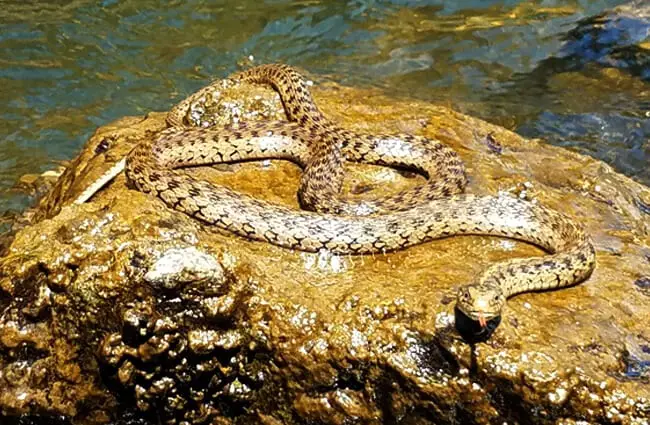
Identification
Garter snakes are typically characterized by longitudinal stripes running the length of their bodies. These stripes can be yellow, green, blue, or even reddish, and often contrast with a darker background color. Some species have checkered patterns, while others are mostly solid colored. A defining feature, though not always present, is the presence of a “garter” like stripe down the middle of the back, hence the name. The head is usually triangular, and the pupils are round.
Habitat and Distribution
Garter snakes are remarkably adaptable and have a wide geographic distribution, spanning across most of North America, from Canada to Central America. They thrive in a variety of habitats, including grasslands, forests, marshes, and suburban gardens. Their adaptability is a key to their success. They are often found near water sources such as ponds, streams, and lakes, but can also venture into drier environments.
Diet and Hunting
Garter snakes are opportunistic feeders, meaning they will eat whatever is readily available. Their diet primarily consists of earthworms, amphibians, fish, small mammals, and occasionally birds. They swallow prey whole and may use a brief constriction to subdue it, but they do not rely on constriction as a primary hunting method. The common toad is a staple in many garter snake diets, and some populations have even developed resistance to the toxins produced by these amphibians.
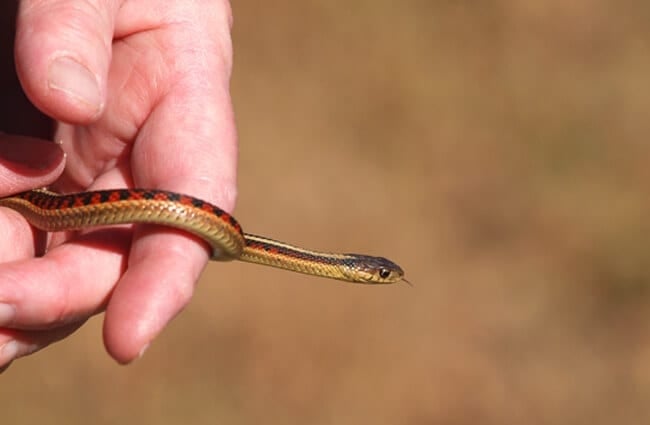
Reproduction and Life Cycle
Garter snakes are oviparous, meaning they lay eggs rather than giving birth to live young. Mating typically occurs in the spring, and females lay clutches that usually contain between 4 and 60 eggs, depending on the species and size of the mother. The eggs hatch after 6 to 12 weeks, and the young snakes are independent from the moment they emerge. They reach sexual maturity within 2 to 3 years. Lifespan varies depending on the species and environmental factors, but most garter snakes live for 3 to 5 years in the wild.
Ecological Role and Interactions
Garter snakes play a crucial role in maintaining ecosystem health. As predators of invertebrates, amphibians, and small mammals, they help regulate populations and prevent outbreaks. They also serve as prey for larger animals such as hawks, eagles, and foxes. Their presence is an indicator of a healthy environment. They also have fascinating interactions with other animals. Some species engage in communal basking, where dozens or even hundreds of snakes gather to absorb heat from the sun. This behavior provides warmth and protection from predators.
Garter Snakes and Humans
Garter snakes often come into contact with humans, particularly in suburban and agricultural areas. They are generally harmless and non aggressive, and rarely bite unless provoked. However, they may release a foul smelling musk when threatened, which can be unpleasant. Some people keep garter snakes as pets, and they can be relatively easy to care for in captivity. However, it is important to provide them with an appropriate habitat and diet.
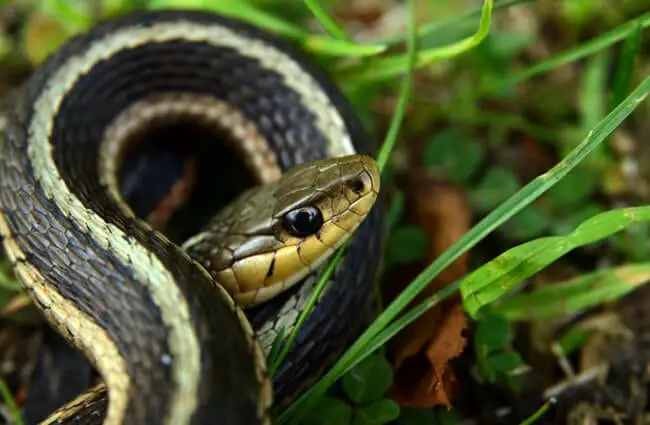
If You Encounter a Garter Snake
If you encounter a garter snake while hiking or gardening, it is best to leave it alone. Do not attempt to handle or harass it. If you need to move it, gently encourage it to move in the opposite direction. Remember that garter snakes are beneficial creatures and play an important role in the ecosystem.
Evolutionary History
The evolutionary history of garter snakes is a fascinating story of adaptation and diversification. They are believed to have originated in North America millions of years ago, evolving from a common ancestor. Over time, they have diversified into numerous species and subspecies, each adapted to a specific habitat and prey base. Their remarkable ability to adapt has allowed them to thrive in a variety of environments. Recent studies have revealed that certain populations of garter snakes have evolved resistance to the toxins produced by rough skinned newts, providing a compelling example of natural selection in action.
Garter Snakes in Culture
Garter snakes have a long history of cultural significance. Native American tribes often revered them as symbols of healing, transformation, and renewal. In some cultures, they were believed to possess magical powers. In modern times, garter snakes have become popular subjects in art, literature, and folklore. Their distinctive patterns and colors have inspired artists and designers for centuries.
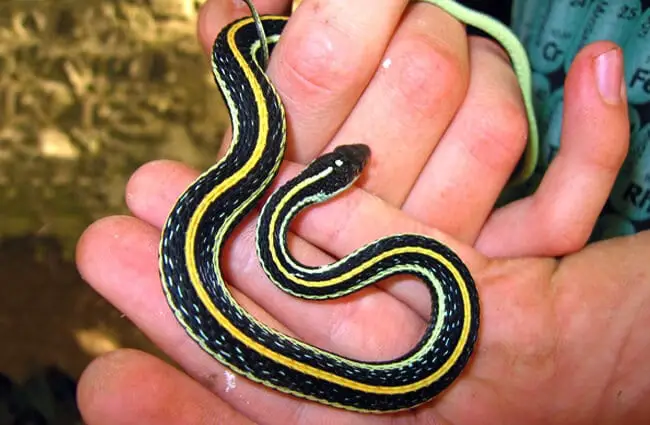
Caring for Garter Snakes in Captivity
If you are considering keeping a garter snake as a pet, it is important to provide it with an appropriate habitat and diet. A 20 gallon aquarium is sufficient for a single adult snake. The enclosure should be equipped with a heat lamp, a water dish, and various hiding places. Garter snakes are carnivores and should be fed a diet of earthworms, crickets, and small fish. Regular cleaning and maintenance are essential to ensure the health and well being of your pet.
Interesting Facts
- Some garter snakes can enter a state of brumation during the winter, similar to hibernation.
- Garter snakes are excellent swimmers and often hunt for prey in the water.
- Certain populations of garter snakes exhibit communal denning behavior, where dozens of snakes share a single underground den.
- The color and pattern of a garter snake can vary depending on its geographic location and genetic makeup.
- Garter snakes are relatively fast growing, reaching sexual maturity within a few years.
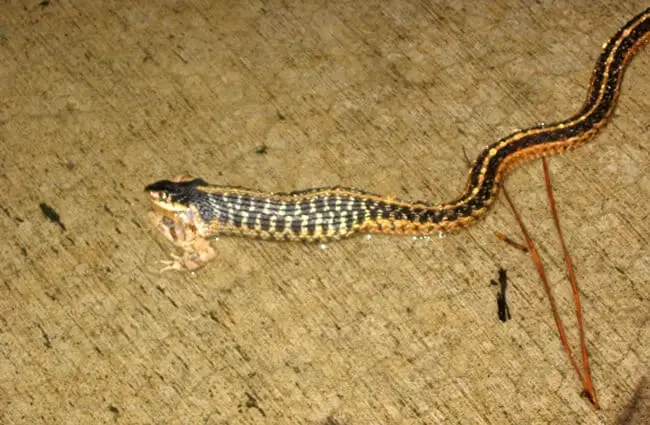
Garter snakes are truly remarkable creatures, playing a vital role in the ecosystem and captivating humans with their beauty and adaptability. By understanding their biology, behavior, and ecological significance, we can appreciate these fascinating reptiles and ensure their continued survival.


![Red Angus Closeup of a beautiful Red Angus cowPhoto by: U.S. Department of Agriculture [pubic domain]https://creativecommons.org/licenses/by/2.0/](https://animals.net/wp-content/uploads/2020/03/Red-Angus-4-238x178.jpg)




![Red Angus Closeup of a beautiful Red Angus cowPhoto by: U.S. Department of Agriculture [pubic domain]https://creativecommons.org/licenses/by/2.0/](https://animals.net/wp-content/uploads/2020/03/Red-Angus-4-100x75.jpg)

